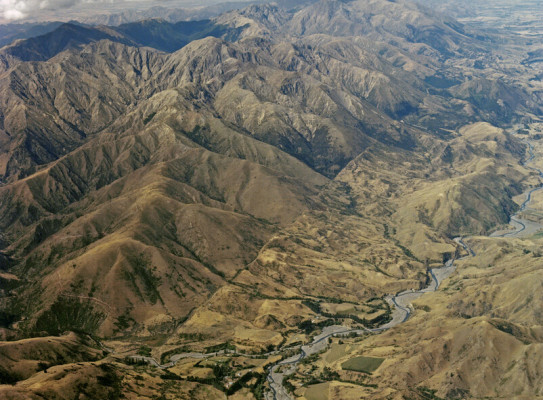
Phaedra Upton Land and Marine Geoscience Theme Leader
Phaedra is a geodynamic modeller who researches a wide range of problems in tectonics. She is adept at using numerical models in collaboration with geologists from a range of subdisciplines to produce insights into a large variety of processes including faulting, fluid flow, heat transfer, drainage evolution, placer gold deposition and the relationship between tectonics and genetics. As a Theme Leader at GNS Science, she practises authentic and collaborative leadership. She promotes diversity of thought and inclusivity as vital to achieving our scientific goals. Phaedra was the 2020 New Zealand Geosciences Hochstetter Lecturer.
View Bio Contact Me